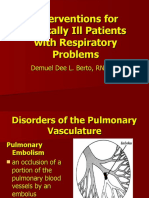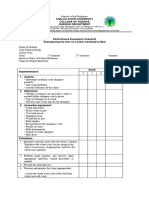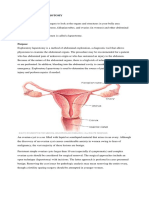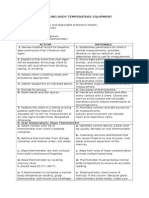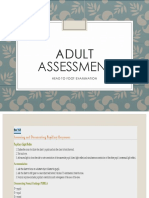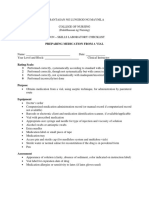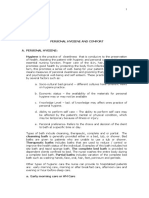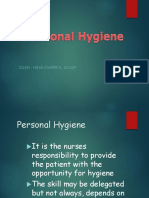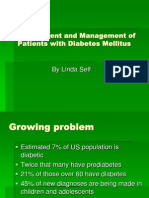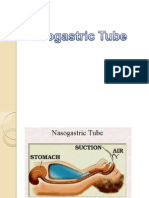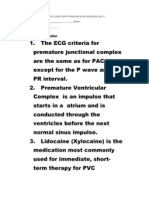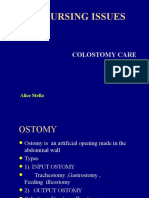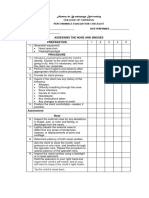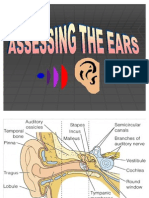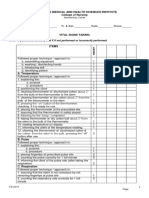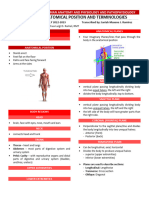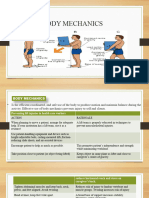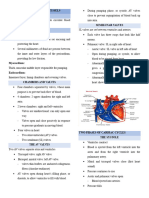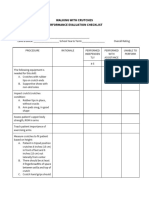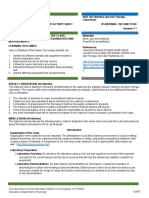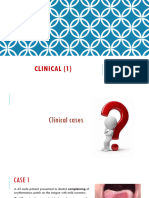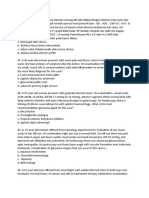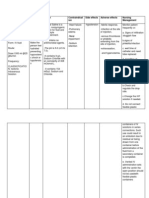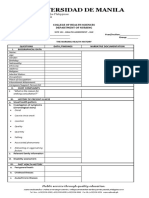0% found this document useful (0 votes)
309 views51 pagesGI Tract - Nutrition/Elimination
This document discusses various medications and treatments related to the gastrointestinal system and bowel habits. It covers antidiarrheal medications like diphenoxylate, laxatives, stool softeners, antiflatulants, digestive enzymes, and medications for treating conditions like peptic ulcers. Nursing implications are provided for assessing bowel habits, monitoring for side effects, educating patients, and ensuring safe administration of these gastrointestinal medications.
Uploaded by
nick_nock08Copyright
© Attribution Non-Commercial (BY-NC)
We take content rights seriously. If you suspect this is your content, claim it here.
Available Formats
Download as PPT, PDF, TXT or read online on Scribd
0% found this document useful (0 votes)
309 views51 pagesGI Tract - Nutrition/Elimination
This document discusses various medications and treatments related to the gastrointestinal system and bowel habits. It covers antidiarrheal medications like diphenoxylate, laxatives, stool softeners, antiflatulants, digestive enzymes, and medications for treating conditions like peptic ulcers. Nursing implications are provided for assessing bowel habits, monitoring for side effects, educating patients, and ensuring safe administration of these gastrointestinal medications.
Uploaded by
nick_nock08Copyright
© Attribution Non-Commercial (BY-NC)
We take content rights seriously. If you suspect this is your content, claim it here.
Available Formats
Download as PPT, PDF, TXT or read online on Scribd
/ 51
